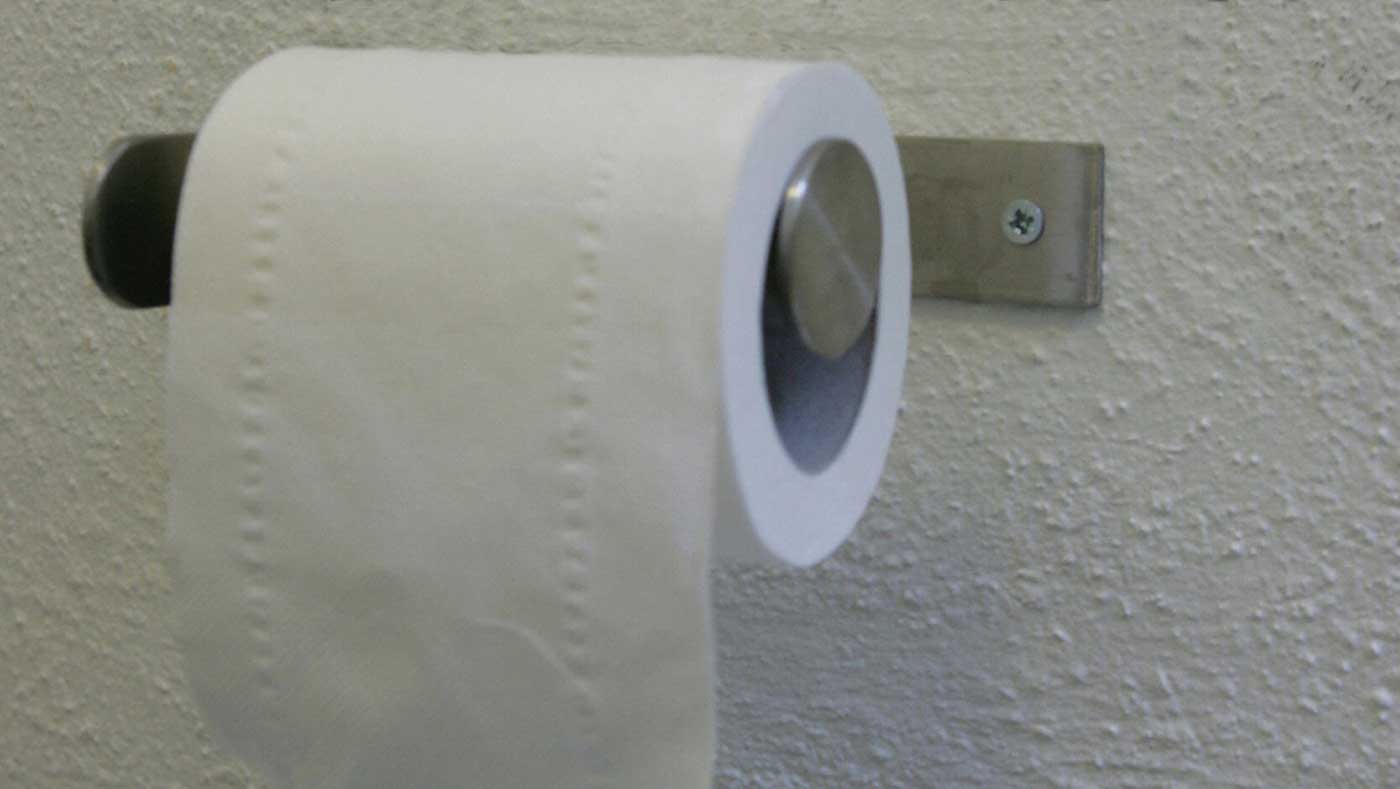Are you pooing wrong?
Why more and more Westerners are revising their toileting techniques

If you’ve stumbled upon a toilet equipped with a step stool lately, don’t be alarmed. The bathroom gadget is the latest development in a worldwide debate about the right way to poo.
Seated toilets first became commonplace in the 19th century, and “most of the Western world still sits to defecate, while squatting is favoured in the developing world”, says gastroenterologist Vincent Ho, of Western Sydney University, in an article on The Conversation.
Adocates insist that squatting is the most natural stance for bowel movements, because the position creates a clear and straight passage for stools to pass through the anal canal.
The Week
Escape your echo chamber. Get the facts behind the news, plus analysis from multiple perspectives.

Sign up for The Week's Free Newsletters
From our morning news briefing to a weekly Good News Newsletter, get the best of The Week delivered directly to your inbox.
From our morning news briefing to a weekly Good News Newsletter, get the best of The Week delivered directly to your inbox.
Conversely, sitting on a Western-style toilet forces faeces to pass through a bend in the rectum caused by the puborectalis muscle, leading to increased strain, and higher rates of conditions such as bloating, constipation and haemorrhoids.
Enter the Squatty Potty, a transportable plastic step that sits at the base of the toilet, elevating the user’s legs into a more squat-like position, to provide “the best poop of your life, guaranteed”, according to its US-based makers.
More than five million Squatty Potties have been sold since they hit the market in 2011, with celebrity converts said to include talk-show host Jimmy Kimmel and NBA star Stephen Curry.
But what does the science say?
A free daily email with the biggest news stories of the day – and the best features from TheWeek.com
Israeli researcher Dov Sikirov conducted a study in which 28 healthy subjects defecated in three alternative positions: sitting on a standard-sized toilet seat (about 42cm high), sitting on a lower toilet seat (32cm), and squatting. Six consecutive bowel movements were completed in each position, with the subjects recording how long it took and how it felt.
“The time needed for sensation of satisfactory bowel emptying and degree of straining in a squatting position were reduced sharply in all volunteers,” Sikirov concludes.
Another study, carried out in Pakistan, found that people who suffered chronic anal fissures reported significantly reduced symptoms when using a squat toilet.
However, some commentators have cautioned that the surge of excitement around squatting may be a bit overstated.
A reporter for the US edition of Women’s Health who used the Squatty Potty every day for a week concluded that for people without existing problems, the benefits of switching are minimal.
“Did I have the promised best poops of my life? No,” she said. “Did I feel emptier? Eh, not really. But... if I ever get a bad case of constipation or haemorrhoids, I’ll definitely pull that baby out again.”
Even with many experts in favour of squatting, after hundreds of years of sitting on loos, Westerners’ bodies have become unaccustomed to a crouching toilet technique - to say nothing of the obstacle of dismantling 200 years of bathroom infrastructure.
“We are locked into these systems and patterns of use,” Barbara Penner, a professor of architectural humanities at University College London, told The Guardian. “The Squatty Potty intervenes into that system and modifies it without actually requiring a massive retrofitting of the system.”
-
 Trump vs. states: Who gets to regulate AI?
Trump vs. states: Who gets to regulate AI?Feature Trump launched a task force to challenge state laws on artificial intelligence, but regulation of the technology is under unclear jurisdiction
-
 Decking the halls
Decking the hallsFeature Americans’ love of holiday decorations has turned Christmas from a humble affair to a sparkly spectacle.
-
 Whiskey tariffs cause major problems for American distillers
Whiskey tariffs cause major problems for American distillersIn the Spotlight Jim Beam is the latest brand to feel the pain
-
 How Bulgaria’s government fell amid mass protests
How Bulgaria’s government fell amid mass protestsThe Explainer The country’s prime minister resigned as part of the fallout
-
 Femicide: Italy’s newest crime
Femicide: Italy’s newest crimeThe Explainer Landmark law to criminalise murder of a woman as an ‘act of hatred’ or ‘subjugation’ but critics say Italy is still deeply patriarchal
-
 Brazil’s Bolsonaro behind bars after appeals run out
Brazil’s Bolsonaro behind bars after appeals run outSpeed Read He will serve 27 years in prison
-
 Americans traveling abroad face renewed criticism in the Trump era
Americans traveling abroad face renewed criticism in the Trump eraThe Explainer Some of Trump’s behavior has Americans being questioned
-
 Nigeria confused by Trump invasion threat
Nigeria confused by Trump invasion threatSpeed Read Trump has claimed the country is persecuting Christians
-
 Sanae Takaichi: Japan’s Iron Lady set to be the country’s first woman prime minister
Sanae Takaichi: Japan’s Iron Lady set to be the country’s first woman prime ministerIn the Spotlight Takaichi is a member of Japan’s conservative, nationalist Liberal Democratic Party
-
 Russia is ‘helping China’ prepare for an invasion of Taiwan
Russia is ‘helping China’ prepare for an invasion of TaiwanIn the Spotlight Russia is reportedly allowing China access to military training
-
 Interpol arrests hundreds in Africa-wide sextortion crackdown
Interpol arrests hundreds in Africa-wide sextortion crackdownIN THE SPOTLIGHT A series of stings disrupts major cybercrime operations as law enforcement estimates millions in losses from schemes designed to prey on lonely users